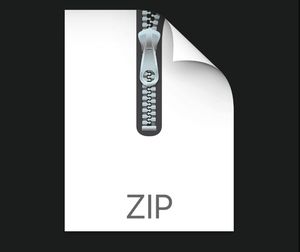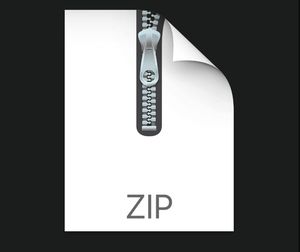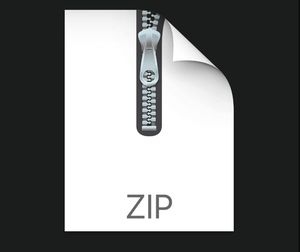$30
BI Main Project Solved
Source Data
You can use different types of data sources, such as relational databases, excel files, flat files, online datasets, etc.. We expect that your source data should contain, at the very minimum, the following features (some of these will become clear as the course progresses, and you become familiar with business intelligence terms):
➢ Some sort of transactional records that can represent quantifiable facts, to be used in your future dimensional model; these need not be extensive in volume but should represent a few thousand records of business transactions. In terms of BI, transactional means data that is used to count, sum or otherwise keep track of quantities of something that the organization deeply cares about. A transactional view of football would mean match results (1 = win, 0 = draw, etc.), match points, number of goals scored, etc. Information about the history of football clubs is NOT transactional; however, financial details about player sales between clubs is transactional. If possible, select transactional data that has regular, “well-behaved” quantitative measures. In other words, select data that keeps track of quantities that are easy to understand, can be easily operated on (summed, averaged, etc.) and that display a reasonably regular pattern across time
➢ Enough attributes (characteristics) so that you can extract at least five dimensions from the source data, according to the dimensions criteria for the project. Select data that has viable options in terms of dimensional analysis: in other words, data that has the potential to be analyzed (filtered, grouped and broken down) by several dimensions. The characteristics that you will be setting up as dimensions of your model should provide you with the ability to set up different hierarchies in the different dimensions.
➢ If you provide a relational database, it should be in Microsoft SQL Server 2019 (or compatible) version, or able to be converted to this format by your group (it is up to the group to ensure this conversion).
➢ The quantifiable data that will make up the facts of your multidimensional solution should represent several years of transactional history (at the very least, more than one year).
To help you in these tasks, we have below some public websites from which you may be able to gather open data for your project.
• http://dadosabertos.pt/ (Portuguese “index” site, that links to several open data initiatives)
• https://www.sns.gov.pt/transparencia/ (Portuguese health system open data)
• https://dadosabertos.turismodeportugal.pt/ (Portuguese Tourism open data)
• https://opendata.bnportugal.gov.pt/ (Portuguese national library open data)
• https://datasetsearch.research.google.com/ (Google’s own dataset index)
• https://www.kaggle.com/datasets/ (a very popular and useful open data repository)
• https://github.com/awesomedata/awesome-public-datasets/ (organized by industry)
• http://www.who.int/gho/en/ (global Health Observatory data from WHO)
• https://registry.opendata.aws/ (open data from a cloud giant, AWS)
• https://catalog.data.gov/dataset/ (USA’s government open data portal)
• https://www.kdnuggets.com/datasets/index.html (datasets for Data Mining, Data Science and Machine Learning)
• http://getthedata.org/ (you can ask data-related question, or browse previous answ



